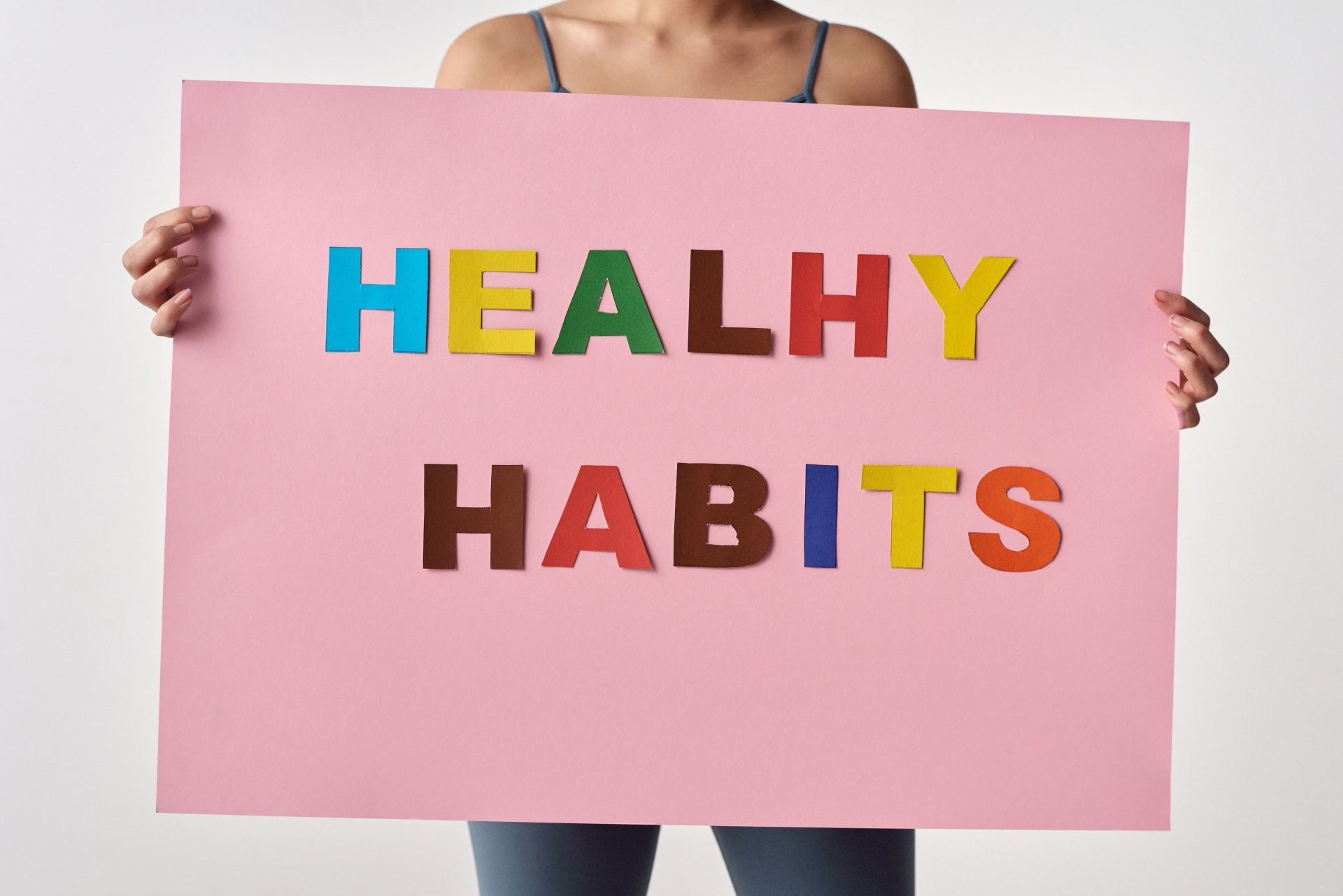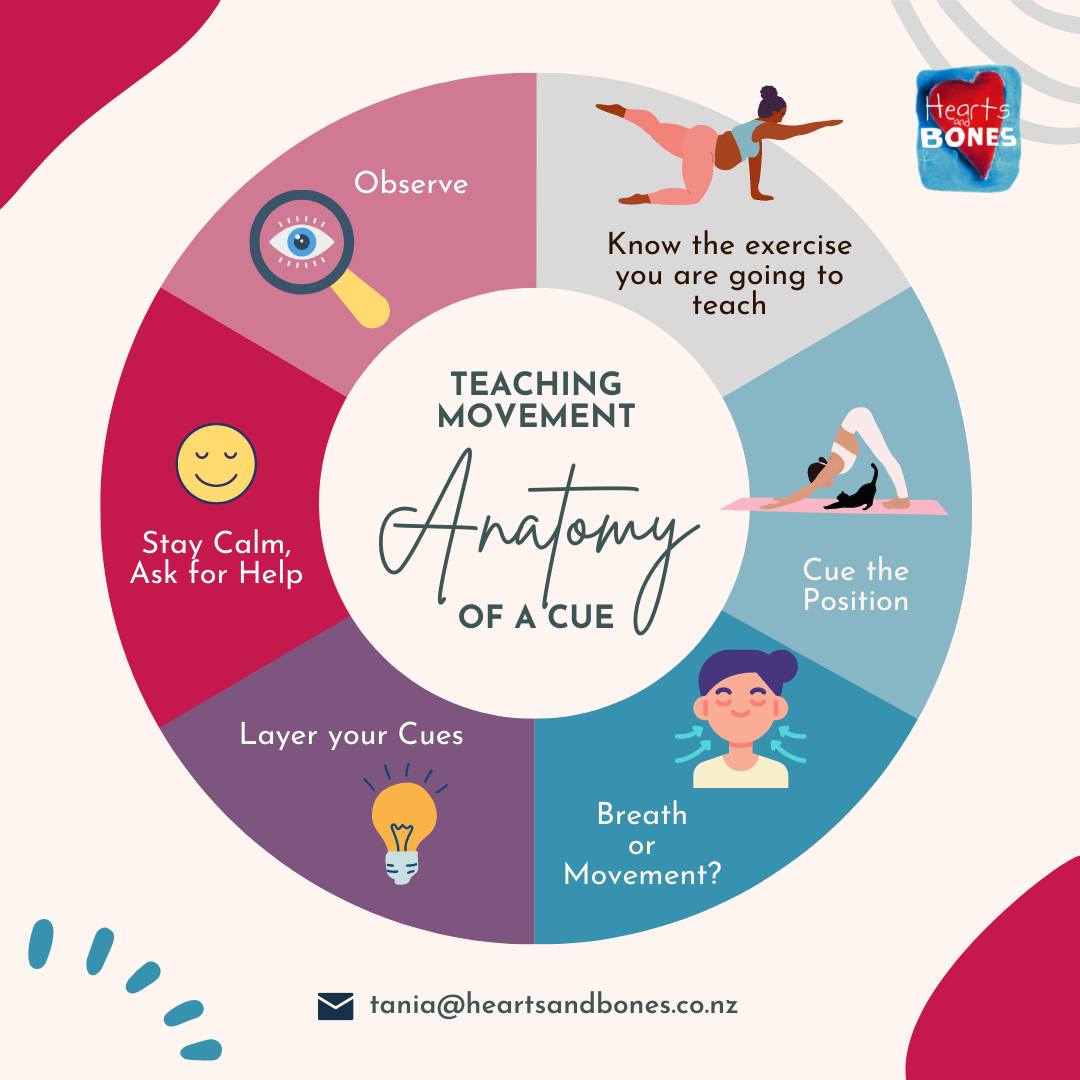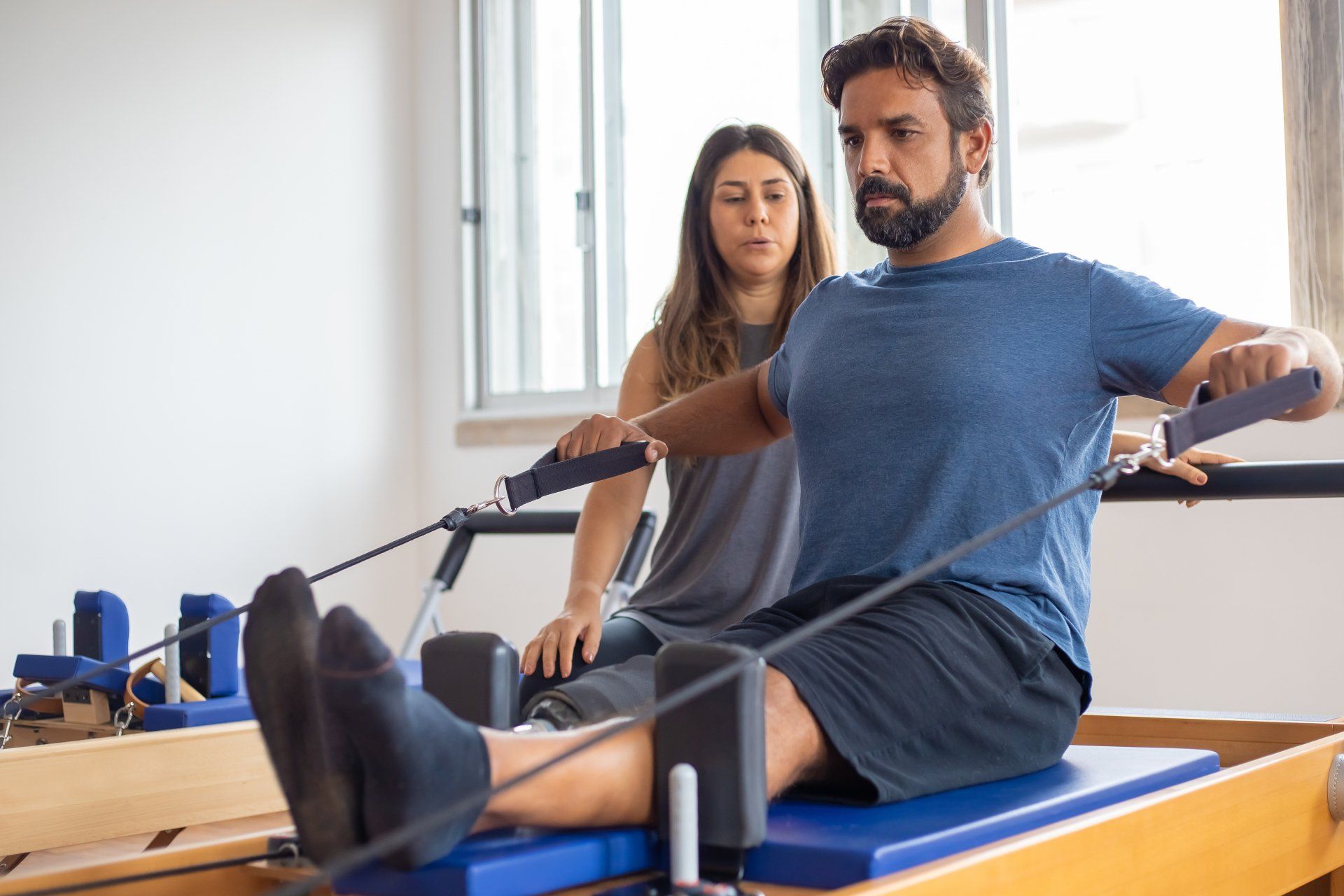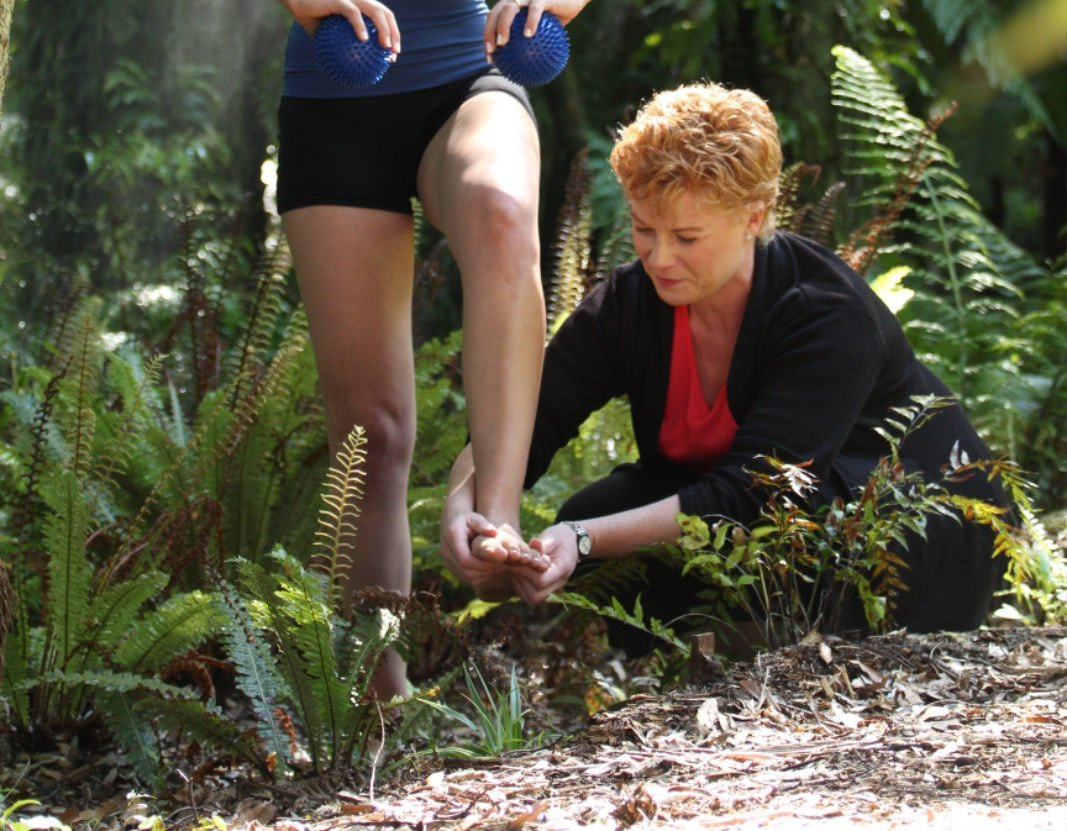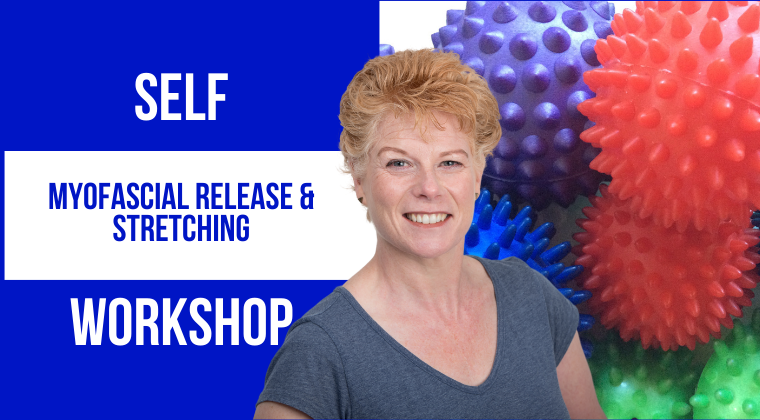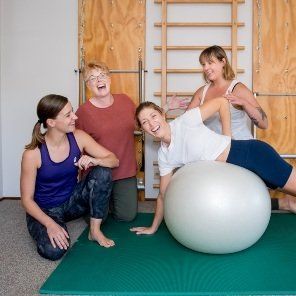Doing Pilates after giving birth
Doing Pilates after giving birth
Pilates can help you get back into shape after pregnancy. This article explains the benefits that Pilates offers new mothers and gives you some important guidelines about starting exercising after giving birth.
Why new mums need Pilates
As a new mother, you do a lot of the same type of movements, such as bending over, or carrying or nursing your baby.
New mothers have special needs:
- Your abdominal muscles are over-stretched during pregnancy and then used rigorously during labour, so you need to build abdominal strength.
- Your lower spine can easily over-arch, causing backache.
- Leaning forward during breastfeeding can tighten your neck and shoulder muscles and cause pain.
Benefits of Pilates
Pilates can help you:
- strengthen your abdominal wall, reducing your 'pregnancy tummy'
- regain the good posture you'll need to nurse and carry your baby around
- strengthen your arm muscles, so you can lift and carry your baby more easily.
A comprehensive Pilates workout programme that strengthens and improves the flexibility of abdominal, pelvic floor, and other important muscles will help build you up and reduce muscle tension.
Pilates' breathing techniques also can improve your body awareness and movement quality and help you regain your balance and posture.
When to start exercising
It's recommended that you wait at least 6 weeks after giving birth before starting exercise. This rest period allows your abdomen to recover from giving birth and gives you time to adjust to your new life with a baby.
After 6 weeks, you can start doing basic and gentle exercises provided you had a normal, vaginal delivery. If you had a caesarean section, you need to wait 5 to 6 months before starting doing exercise such as Pilates.
Do the 'Rectus Test' before starting Pilates
Towards the end of pregnancy, a woman's rectus abdominus muscle often separates (called 'diastasis recti'). The rectus abdominus muscle has to knit together again before starting Pilates. You need to be careful doing any twisting and turning so you don't damage the healing muscle.
Before starting Pilates, make sure that you (or your doctor or midwife) perform the 'Rectus Test' to find out whether you have an extreme amount of diastasis.
The Rectus Test
- Lie on your back with the knees bent and feet flat on the floor.
- Place 2 fingers vertically just below your navel.
- Press your fingers into your stomach and lift your head and shoulders off the floor.
- The rectus abdominus muscle runs vertically on either side of your stomach. You'll probably feel the 2 parts of the muscle coming together. However, if the muscles have already rejoined, there'll be no gap.
- If the gap is more than, or equal to, the width of 2 fingers, then you're not ready to do full-range abdominal exercises like Roll Up and Roll Over.

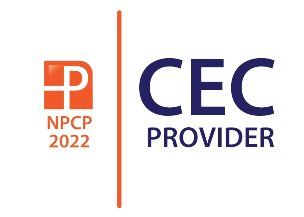
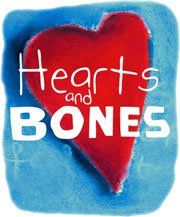
Hearts & Bones Pilates Centre. All rights reserved. Please comment to: heartsandbonespilates@gmail.com
Terms & conditions

